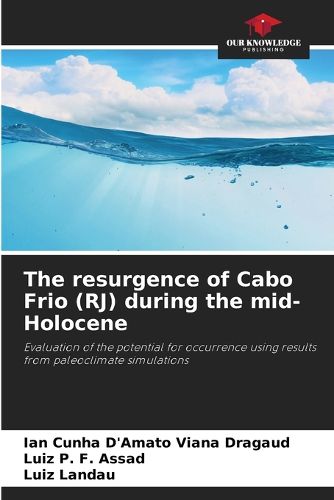Readings Newsletter
Become a Readings Member to make your shopping experience even easier.
Sign in or sign up for free!
You’re not far away from qualifying for FREE standard shipping within Australia
You’ve qualified for FREE standard shipping within Australia
The cart is loading…






The upwelling is characterized by the rise of waters with lower temperatures, previously located at greater depths in the water column. Through air-sea interaction, this process modifies air temperature and local wind circulation, affecting the region's weather and climate. It contributes to an increase in nutrients in the water column, supporting regional fishing productivity. These regions have a high sedimentation rate and are important for understanding climate variations, as they indicate processes related to environmental changes. This study investigates the influence of atmospheric and oceanic dynamics on the upwelling process in the Cabo Frio region (RJ), using results from paleoclimate simulations. The mid-Holocene period was analyzed, when there was variation in the seasonal and latitudinal distribution of incident solar radiation, and the pre-industrial period (control).
$9.00 standard shipping within Australia
FREE standard shipping within Australia for orders over $100.00
Express & International shipping calculated at checkout
The upwelling is characterized by the rise of waters with lower temperatures, previously located at greater depths in the water column. Through air-sea interaction, this process modifies air temperature and local wind circulation, affecting the region's weather and climate. It contributes to an increase in nutrients in the water column, supporting regional fishing productivity. These regions have a high sedimentation rate and are important for understanding climate variations, as they indicate processes related to environmental changes. This study investigates the influence of atmospheric and oceanic dynamics on the upwelling process in the Cabo Frio region (RJ), using results from paleoclimate simulations. The mid-Holocene period was analyzed, when there was variation in the seasonal and latitudinal distribution of incident solar radiation, and the pre-industrial period (control).